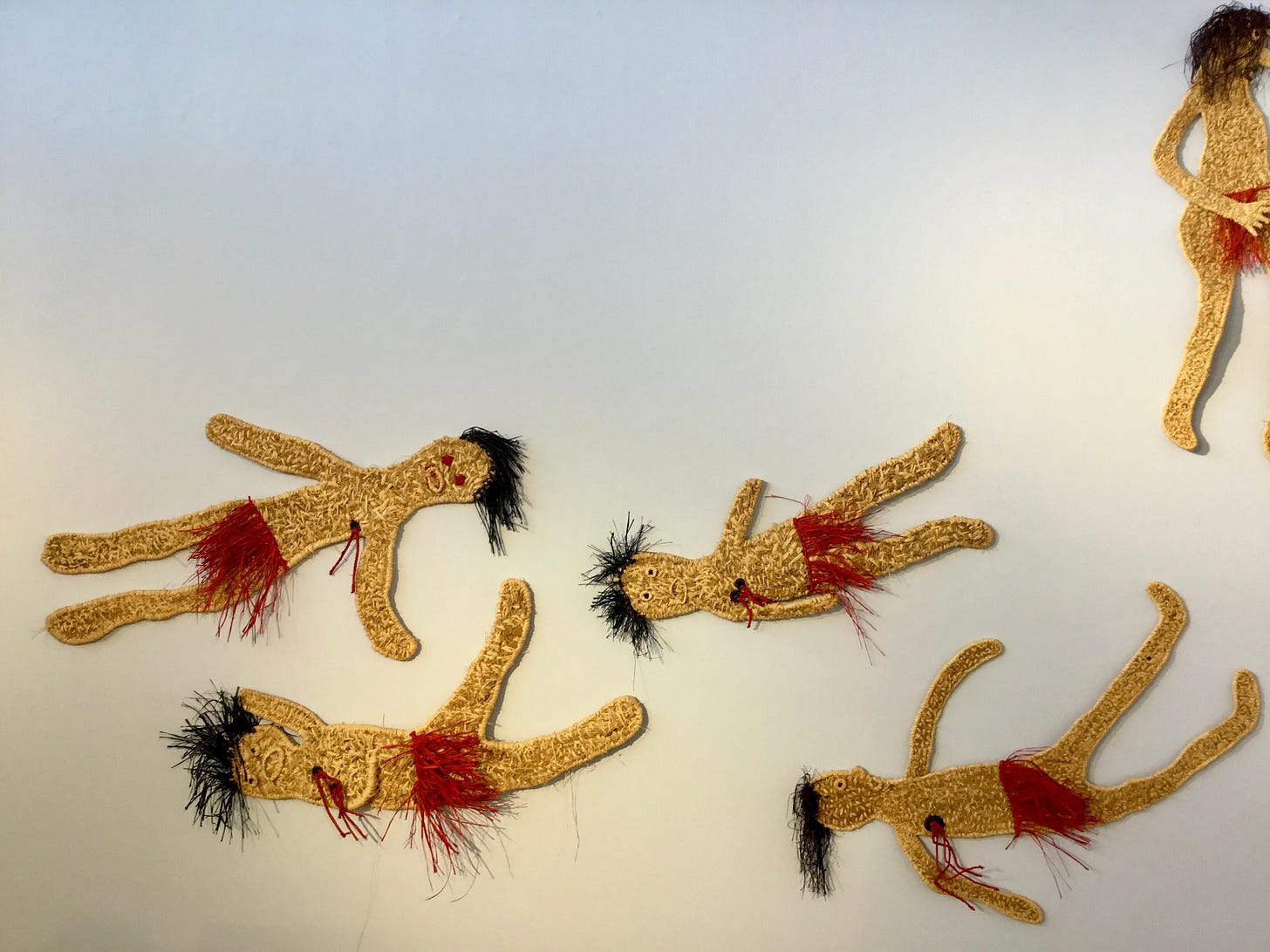Bewusstsein als Bedingung / Knowledge as pre-condition. Erinnerung als Aufgabe / Memory as duty. Versohnung als Ziel / Reconciliation as goal (1)
“The reconciliation process has stalled because it failed to do what reconciliation should do: talk about the truth”. (2)
“You committed genocide against our people. Give us our land back. Give us what you stole from us – our bones, our skulls, our babies, our people. You are a genocidalist (sic). This is not your land. You are not my king. You are not our king. Fuck the colony. Fuck the colony. Fuck the colony”. (3)
Spanish artist Pablo Picasso’s large-scale painting Guernica is perhaps his best-known work; indeed, is arguably one of the best-known artworks of the past 500 years. Why? In its emblematic imagery it creates a narrative of timeless import for all humanity.
When words cannot adequately convey the depth and breadth of a cataclysmic event, art sometimes can. Guernica forces us to consider images that conjure, with visceral immediacy, the death and suffering of defenceless inhabitants in the town of Guernica, killed by Fascist aerial attack in 1937 during the Spanish Civil War.
Tutjurangara Massacre (Circus Waters Rockhole Massacre, 2018), to use its full title, is Australia’s Guernica.
It depicts the murder of Aboriginal men in the early twentieth century at a place called Tutjurangara, an important site associated with the ancestral Parrot Men, in the Ngaanyatjarra Lands of Western Australia, near the tri-state border with South Australia and the Northern Territory.
The massacre was carried out in retaliation for the spearing, for food, of a camel belonging to white men, most likely a prospecting party.
Four generations of oral history made tangible, the work speaks from the artists’ lived experience of inter-generational trauma, with an open-hearted, generous honesty. As in Guernica, absent is any sign of irony, conceit, self-reference or revenge. We are drawn into the artists’ world and made one with their experience. It eloquently introduces, and answers, the burning question, “Who owns the truth?”. The reply? “It owns us”.
Tutjurangara Massacre is a nine-piece sculpture woven of wild-harvested native grasses and raffia, wool and wire, by Ngaanyatjarra women Judith Yinyika Chambers and Nancy Nyanyarna Jackson. In unflinching detail and, at nine metres wide, with characteristics of an interactive installation, it tells the story of a frontier massacre little known to outsiders, at best a “whispering in our hearts” (4). But what happened at Tutjurangara (the place called Circus Waters by colonialists) remains a living memory and a sorry story of visceral sadness for descendants of the killed and their families, who include both the artists.
So powerful is it that it challenges us to rethink our relationship with the past and, by extension, our future. Like Guernica, it has the power to demand morality be reinstated to polity’s empty heart. To stand before it, like standing before Picasso’s masterpiece, is to be confronted by our ignorance and shame.
The violence of Guernica’s Fascist attack is replaced by the violence of colonial dispossession, but both artworks share a hope for a better future. We are defined by our response to both equally.
Guernica was toured throughout Europe, the United Kingdom, the USA and Brazil between the time of its creation in 1937 and its eventual arrival in Spain in 1981, six years after the death of General Franco, Spain’s Fascist leader since the Civil War. It was displayed for many years at the Museum of Modern Art in New York and is now in the Museo Reina Sophia, Madrid. Widespread public display has undoubtedly contributed to its stature as an anti-war statement of profound significance.
As does Guernica, Tutjurangara Massacre demands to be seen by as many people as possible, of all nations and creeds: it’s in being seen that its message is amplified and spread.
History is a living thing, not an academic exercise. Australia’s frontier wars - the Killing Times - live on in all of us, and the artwork created by Judith and Nancy is a window to our own lives as well as to theirs.

(1) If Germans can acknowledge and remember their nazi past, why can’t Australians look their own past in the eye?
(2) Megan Davis, co-presenter of the Uluru Statement from the Heart, quoted from her essay in The Monthly, July 2017.
(3) Extract of Senator Lidia Thorpe’s remarks to King Charles III at a state reception in the Great Hall at Parliament House, Canberra, 21 October 2024.
(4) This Whispering in Our Hearts, by Henry Reynolds, 1998, examined for the first time the brutality and injustice of British occupation through the words of contemporary white humanitarians, active from the earliest days of British presence but silenced by the settler project. Obvious parallels still dominate discourse on Indigenous rights.






